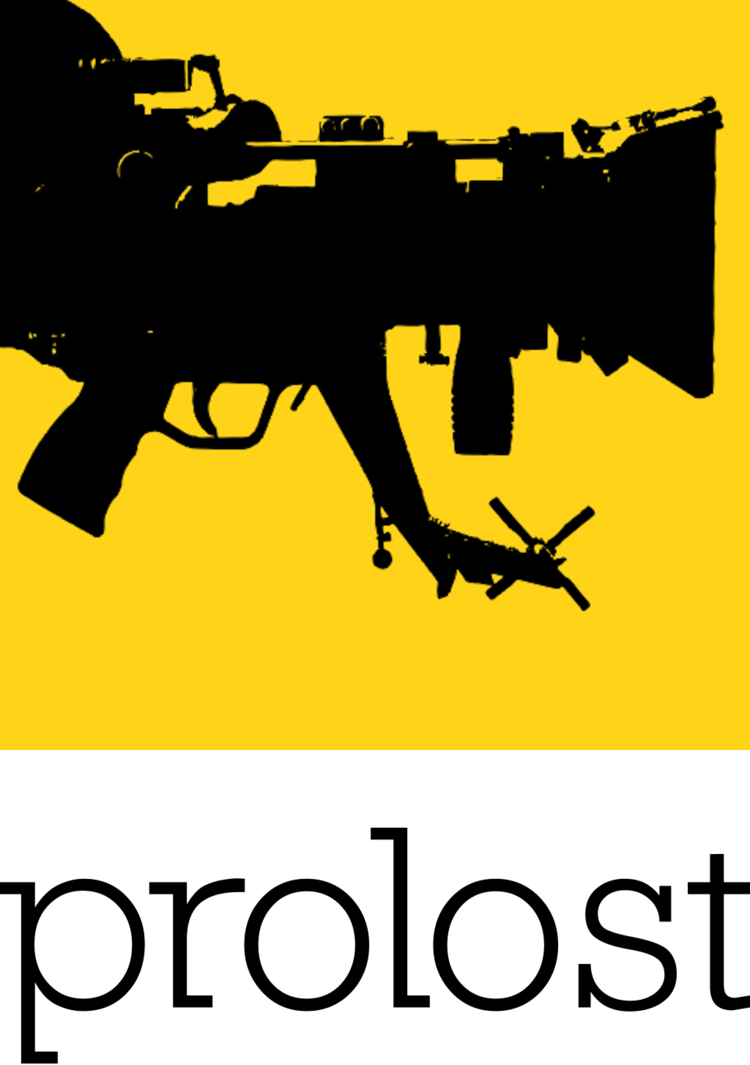APS-C is a perfectly awesome sensor size for filmmaking. The proof is… movies.
But it’s not that simple.
RED, Panavison, Arri, and others have optimized their cinema prime lens offerings for that Super 35 size. Canon’s range of big, expensive primes make sense on their big, expensive, full-frame cameras. Canon’s 24, 35, 50 primes become 38, 56, and 80 equivalencies, respectively. There’s a pricey 14mm that becomes a 22, but nothing between that and the 24(38)mm. To achieve a nice range of focal lengths for 7D filmmaking, you’ll have to use zooms. Since you have to work harder to achieve shallow depth of field, you’ll need expensive, fast-and-wide zooms. The optional kit lens will kill your DOF fetish faster than a $3500 1/4” JVC GY-HM100U. The 16–35mm f/2.8L will be a popular lens for filmmakers—it is to the 7D (roughly) what the beloved 24–70mm f/2.8L is to the 5D.
UPDATE: Several commenters have pointed out that the less-expensive, longer-ranged EF-S 17–55mm f/2.8 IS (27–88mm equivalent) might be an even better choice if you don’t care about compatability with a full-frame body. The 17–55 seems like a terrific lens, but I will stick to lenses that I can use for both video on the 7D and stills on my 5D Mark II.
The twice-as-vast area of the 5D Mark II’s sensor means more flexibility with more lenses, and more control over DOF. Yes, this includes the option to push it to a fetishistic extreme, but also the ability to achieve cinematic DOF with the slower stop of an affordable, flexible zoom lens. So Canon, if complaints about the 7D’s sensor size get annoying, you have no one to blame but yourself. It was you who hooked us on the glorious excess of affordable digital VistaVision filmmaking.
So now there’s a camera that, technically speaking, does everything better than my 5D Mark II. Better autofocus, more stills-per-second, better weather sealing, and better flash control.
But I don’t care. For stills, I’ll stick to my 5D Mark II. Eight-perf VistaVision, what stills folk think of as “full frame,” is the right sensor size for my kind of photography.
But APS-C, roughly the same as four-perf 35mm and what cinema folk consider full-frame, has been well-established as a wonderful size for filmmaking.
So you got me Canon. I’ll probably buy a 7D, and use it for nothing but video. I may have to switch up my lens shopping list, bumping up the 16–35 ahead of the 70–200. At least I can buy lenses that I can use with both my stills rig and my interchangeable lens, variable-frame-rate, Super 35(ish) sensor HD video camera.
That costs $1700.
And that’s the punch line: An interchangeable lens, variable-frame-rate, Super 35(ish) sensor HD video camera for $1700.
Canon, you’re gonna sell a bazillion of these. And you deserve to.
It’s tempting to project right past the 7D and imagine that maybe the rumored successor to the 1Ds line will capture all the new stills improvements of the 7D and combine them with a full-frame sensor. For a mere several thousand dollars you could have it all. Maybe. At some indeterminate time in the future.
Screw that. The 7D costs as much as a nice lens and it’s real.
If you can get your hands on one.
Do I still love my 5D Mark II? Absolutely.
Do I wish Canon would sprinkle it with magic 24p dust? Of course.
Is the 7D the perfect DV Rebel Camera? No. I still recommend a good, solid HD camcorder for filmmaking that doesn’t require fetishistic shallow depth of field. Which, FYI, is almost all filmmaking.
Has DSLR cinematography arrived?
Yes.
As of today (and barring any unforeseen surprises), the answer is yes.
Pre-order your 7D from Amazon now.
I sure did.
Update
on 2009-09-01 19:16 by Stu
Chuck Westfall clarified the 7D’s frame rate options on the CML today:
The accurate video frame rates for the EOS 7D are stated correctly in the Canon USA press release: The 30p setting is actually 29.97 fps; 24p setting is actually 23.976 fps; and 25p setting is 25.00 fps. In the 720p and SD video modes, the accurate frame rates are as follows: The 50p setting is 50.00 fps and the 60p setting is 59.94 fps.
He’s right, the press release reads like this:
The EOS 7D Digital SLR camera will record Full HD at 1920 x 1080 pixels in selectable frame rates of 24p (23.976), 25p, or 30p (29.97); 720p HD recording at 50p or 60p (59.94) and SD video at frame rates of 50p or 60p (59.94).
I’ve revised my frame rate list above to match.

